March 21, 2017
Significant Events in the Pre-History of RAB
by George Lofgren, RAB President Emeritus
This year, 2017, is an anniversary year for two separate, yet related events that are “significant events” in the pre-history of RAB [now ANAB].
The five International Standards that are the basis for the entire ISO 9000 family of standards (ISO 9000, ISO 9001, ISO 9002, ISO 9003, and ISO 9004) were first published 30 years ago, in March of 1987.
At that time, it was recognized within ASQC [now ASQ] that U.S. companies would be adopting these standards and would be seeking accredited assessment and registration. It was also seen that ASQC itself was uniquely qualified to see that such an accreditation system was put in place for the United States, which is what ASQC undertook to do – the direct result being RAB.
So, the publication of the first of the International Standards in the ISO 9000 series in 1987 was indeed a significant event in the pre-history of RAB.
The other significant event for RAB that should be recognized this year was the creation of the European Economic Community (EEC), with the signing of the Treaty of Rome, on March 25, 1957. The goal of the EEC was to “preserve peace and liberty and to lay the foundations of an ever-closer union among the peoples of Europe.” To accomplish this, it was agreed to work toward establishing a “common market,” in which there would be free movement of goods, services, people, and capital within the EEC member states.
However, it was eventually recognized that free movement of goods among the member states would not be possible if this would require each member state to give up its own standards for product characteristics and performance. These existing disparate standards would have to remain in place.
Instead, the free movement of goods would be determined by the critical characteristics of the particular goods involved, as they relate to health, safety, and the environment. These critical characteristics would be defined for each class of products. Notified bodies in each member state would evaluate products originating in that state for conformance to those requirements and then authorize the marking of conforming products with the CE mark of conformity.
Since the various methods for demonstrating conformance sometimes required a manufacturer to operate under an appropriate ISO 9000 system, U.S. manufacturers’ interest in ISO 9000 was piqued. This, in turn, got the attention of organizations offering third-party evaluation and registration of such systems – followed, of course, by the need for oversight of those registrars through accreditation.
Although RAB was at that time in its infancy, RAB was a functioning accreditation body – the only such U.S. body. And so, RAB didn’t have to search for applicants for accreditation – they came to RAB.
But if it hadn’t been for the interest that was raised in the United States for ISO 9000-based registration, interest that was triggered by the emergence of the common market in Europe, the result for RAB could have been quite different.
So, the signing of the Treaty of Rome, on March 25, 1957, that instigated the creation of the European Economic Community, was indeed a significant event in the pre-history of RAB.
